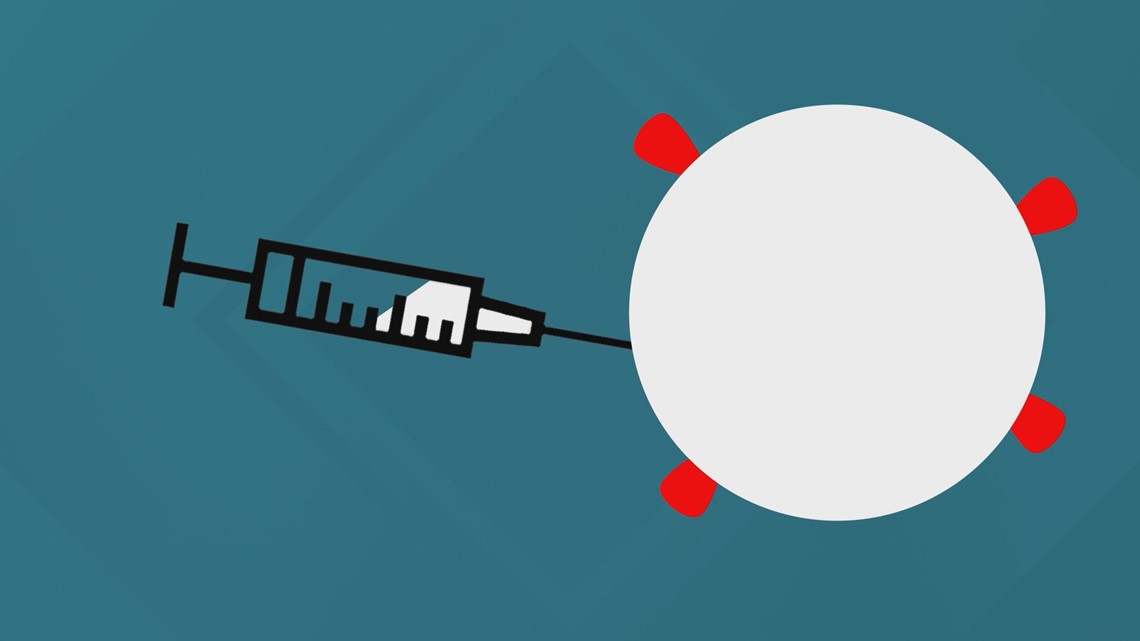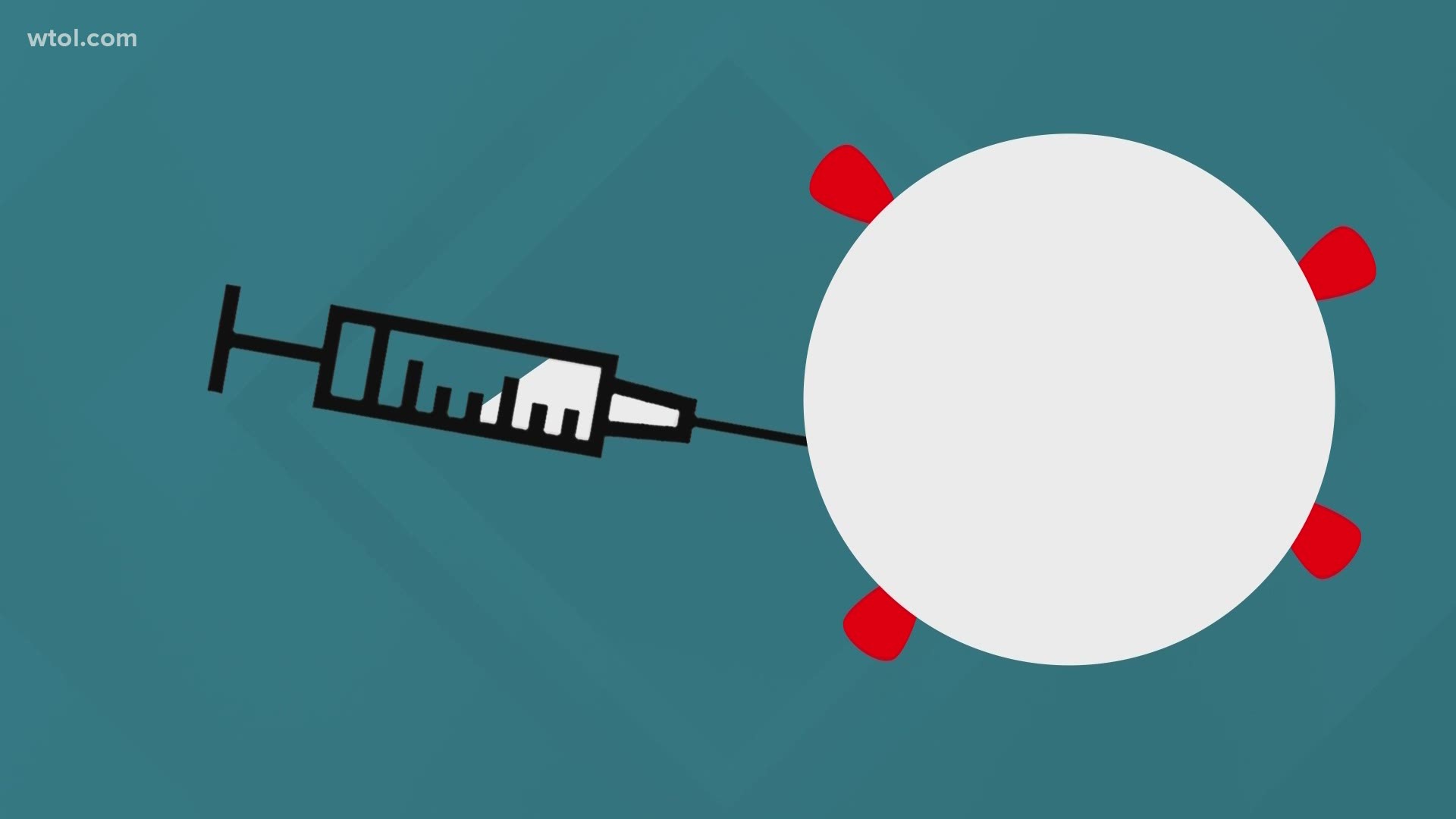TOLEDO, Ohio — We are inching closer to the public distribution of COVID-19 vaccines. At least two of them will use cutting-edge science, which is expected to "teach" your cells how to battle the virus without injecting the live virus itself.
"You're not getting the virus or any type of live virus into your body," ProMedica Dr. Brian Kaminski said. "You're getting instructions."
Messenger RNA is more commonly known as mRNA. That's the molecule that triggers the creation of proteins and that's why this is important in the battle against COVID-19.
This coronavirus has proteins on its outer layer, kind of like spikes. That's how the virus attaches to our cells, ultimately infecting us.


The Pfizer and Moderna vaccines essentially instruct our bodies to create such a protein without the harmful virus itself.
"These proteins are inert," Kaminski explained. "They don't have any harmful effects in your body, but your body recognizes them as being foreign. So your immune system kicks in and it starts producing a response against these proteins."
When you're injected with one of these vaccines, the particles essentially attach to your cells. The mRNA instructs the cells to create those protein spikes.
"When your body recognizes these proteins when it comes in contact with the actual virus, it mounts this really robust response with antibodies and killer T-cells and other immune components that deactivate the virus on the spot," Kaminski said.


Both Moderna and Pfizer's vaccines have shown efficacy rates above 90%, which is promising. But Kaminski said the future of this type of vaccination is still unclear.
"It's a relatively new technology in science and we just have not used it in large masses of people like we're going to see deployed with the COVID vaccine," he said.
RELATED VIDEO:

